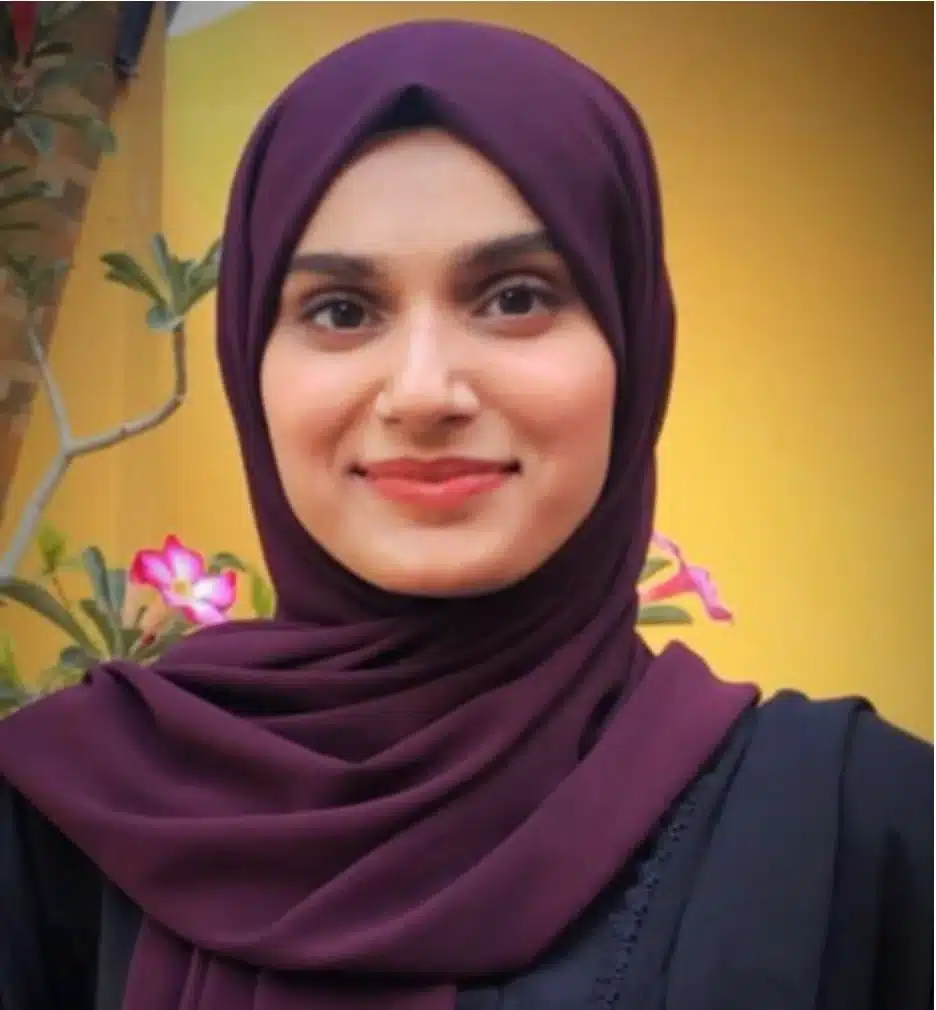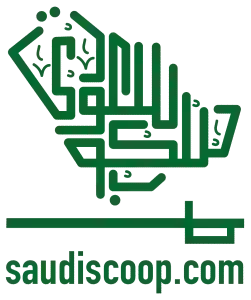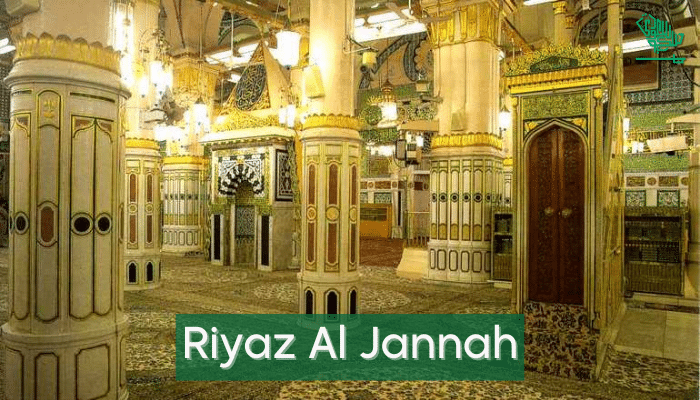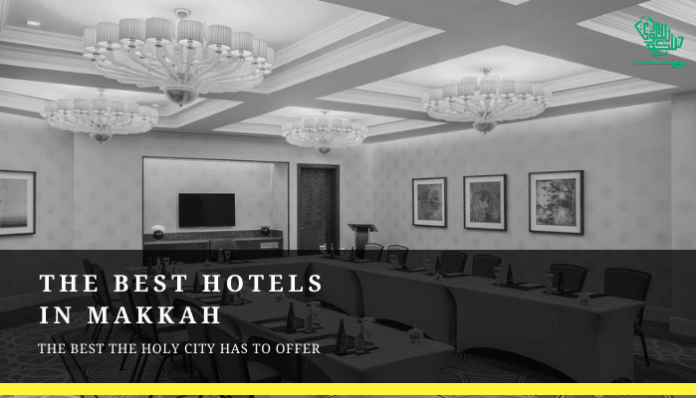During his time in Madinah, Prophet Muhammad (peace be upon him) constructed Masjid-e-Nabwi. The center of this mosque is referred to as Riaz Ul Jannah.
History of Riaz Ul Jannah
Located in Madinah, Riaz Ul Jannah is the area between the pulpit in Masjid-e-Nabwi’s main prayer hall and Prophet Muhammad’s(peace be upon him) tomb.
The history of Riaz Ul Jannah goes back to 622 CE. After migrating to Madinah, Prophet Muhammad (PBUH) started preaching Islam in a small area, later known as Rawdahtun Nabi, among the locals. This area’s structure consisted of palm leaves.
However, Rawdahtun Nabi has undergone multiple developments to become what we see as Riaz Ul Jannah today. It is also known as the Rawdah Al Jannah, which translates to the Garden of Paradise.
Though it is a relatively small area(approximately 15 meters in width and 22 meters in length), it holds immense significance in Islam as it is also mentioned in one of the authentic Ahadith.
Moreover, during your visit to Rawdah Al Jannah, you will also be able to see the Mimbar of the Prophet(PBUH), Mehrab (also called Mehrab-e-Nabwi), and Roza-e-Rusool. Mimbar is where he delivered sermons, while Mehrab is where the Prophet used to lead the five daily prayers. Roza-e-Rusool is where the Prophet is buried, which also used to be the Prophet’s house.
Pillars of Rawdah Al Jannah
There are eight notable pillars in this Rawdah Al Jannah, six of which are in the Rawdah area and two in the Maqsoorah(Sacred Chamber).
Also, Muslims believe that these pillars are standing on the exact places where palm trees were initially present to support the roof of Masjid e Nabwi in 622 CE. These pillars(also referred to as Satoon or Ustuwana) have a gold Arabic inscription of their names, encircled by gold mesh to distinguish them from other pillars in Masjid-e-Nabwi. Their names are as follows:
- Pillar of the Guard or Ustawana Muharrs (الاسطوانة المحرس)
- Pillar of Repentance or Ustuwana Tawbah
- Pillar of Aisha or Ustuwana Aisha
- Pillar of Delegations or Ustuwana Wufud
- Pillar of the Bed or Ustuwana Sareer
- The Weeping Pillar or Ustuwana Al-Hannana
- Square Pillar of the Tomb or Ustuwana Murb’a Al-Qabr
- Pillar of the Night Prayer or Ustuwana Al-Tahajjud
The Green Carpet
A red carpet covers the entire Masjid-e-Nabwi. However, to make the area of Riaz Ul Jannah more distinguished, a green floral carpet covers it.
Moreover, the carpet in this area features various shades of green, a color that is also highly significant in the Islamic faith. In Islam, green symbolizes calmness and is believed to represent Paradise.
Therefore, some people believe that the green carpet of Riaz Ul Jannah signifies Paradise. At the same time, its floral pattern symbolizes the Gardens of Paradise.
Entrance to Riaz Ul Jannah
Men and women can visit Riaz Ul Jannah at different times. Due to the small area, the number of people visiting the Noble Rawdah at once is limited. Therefore, you should have a permit to enter this area.
To book an appointment, download the Nusuk Application, previously known as the Eatmarna application. You can download it on Android by clicking here and on iPhone through this link.
Previously, women had to enter this area from Gate 25, Bab(Gate) Uthman bin Affan. However, after the COVID-19 pandemic, women can enter through Gate 37. This gate is also known as the Makkah Gate or Bab-e-Makkah.

I am Maryam Khalid, an undergraduate student pursuing a degree in BS Mathematics. Alongside my academic journey, I have been working as a Content Writer at Saudi Scoop for some time now. While mathematics intrigues me as a subject, I also find great comfort in writing and literature. I am excited to continue this journey of learning and growth with Saudi Scoop as we navigate creative ways to convey ideas efficiently.




